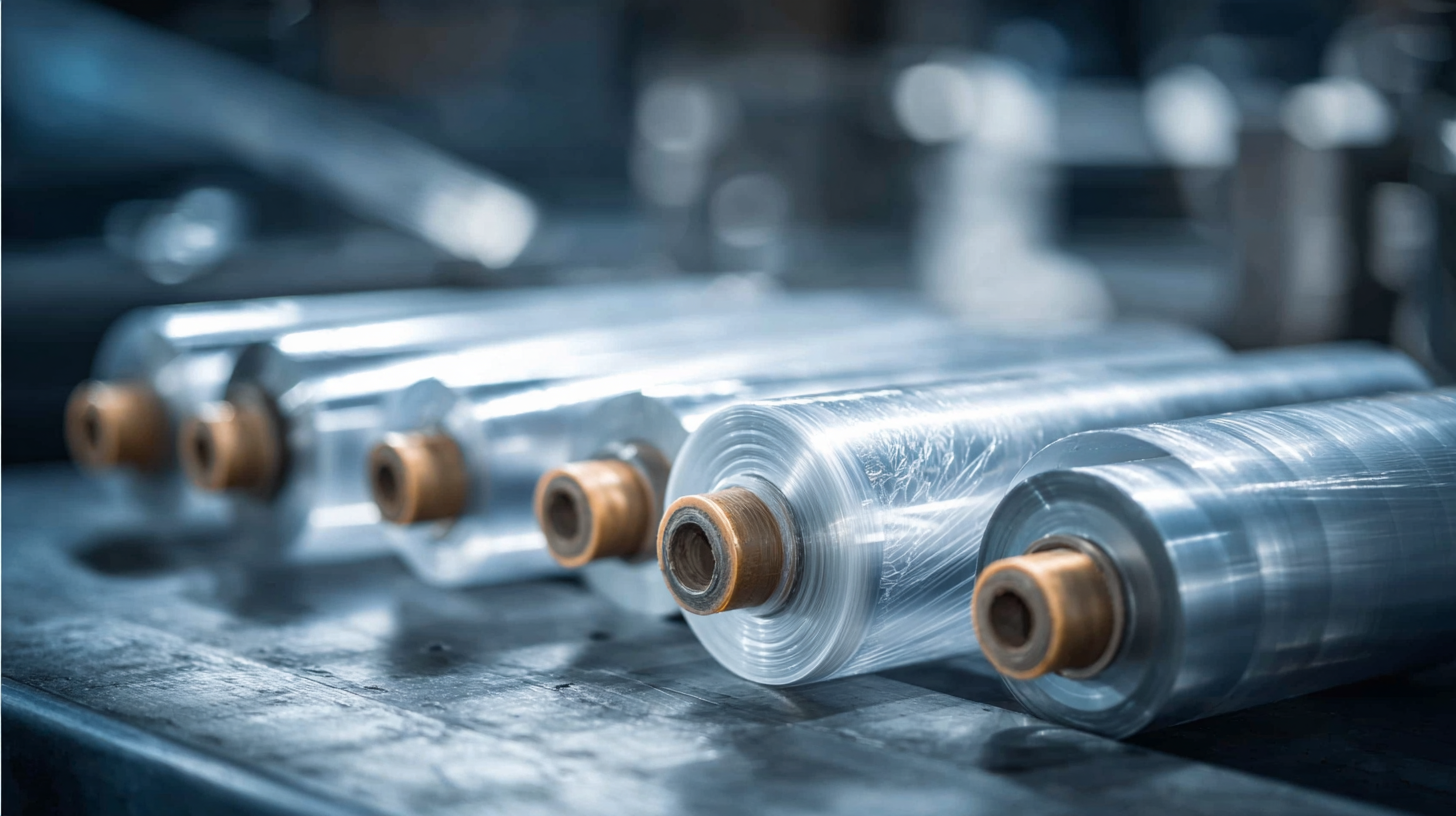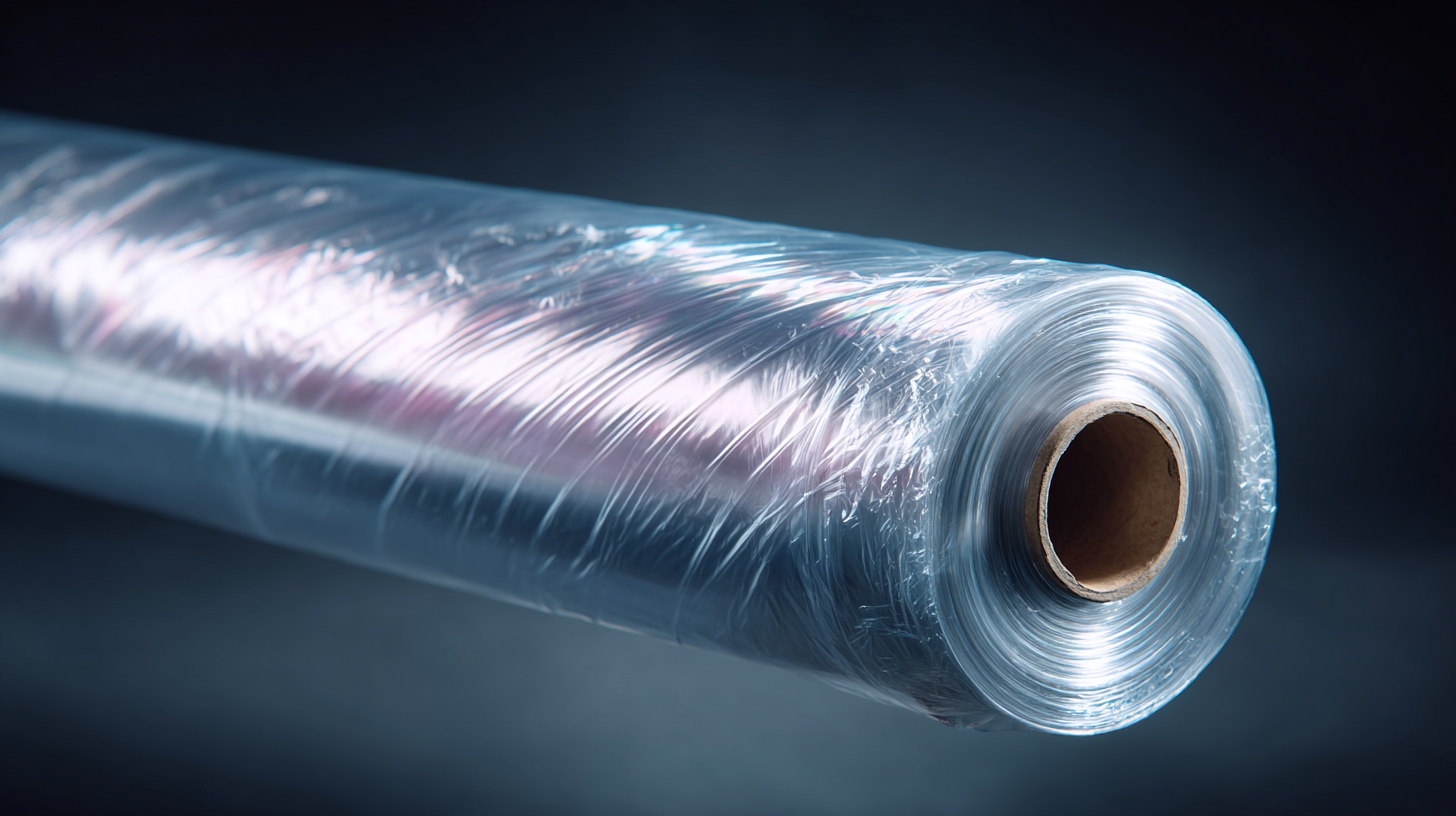Plastic shrink wrap plays a pivotal role in various industries, providing an efficient solution for packaging, protecting, and preserving products. According to a recent report by the Flexible Packaging Association, the U.S. plastic packaging market is expected to reach $55 billion by 2024, with shrink film being one of the fastest-growing segments. This is due not only to its versatility in safeguarding goods during transportation but also its ability to minimize environmental impact when used responsibly. As companies increasingly adopt sustainable practices, the demand for high-quality Plastic Shrink Wrap continues to rise, highlighting the necessity for industry professionals to master its application techniques. In this comprehensive tutorial, we will explore essential strategies, best practices, and industry insights to help you effectively utilize plastic shrink wrap, ensuring maximum efficiency and protection for your products.

Plastic shrink wrap is an essential packaging material used across various industries due to its versatility and effectiveness in protecting products. There are mainly two types of plastic shrink wrap: PVC (polyvinyl chloride) and polyolefin. According to a report by MarketsandMarkets, the global shrink film market is projected to reach $12.58 billion by 2026, driven by the growing demand for packaged food and beverages, as well as consumer goods. PVC is widely favored for its clarity and strength, making it ideal for retail packaging, while polyolefin is popular for its higher heat tolerance and is often employed for food products.
Different applications require specific types of shrink wrap to ensure optimal performance. For instance, in the food industry, polyolefin shrink wrap is often chosen for its resistance to punctures and its ability to maintain a tight seal, which extends shelf life and ensures product freshness. A study by Smithers Pira highlights that sustainable packaging solutions, including recyclable plastic films, are gaining traction, prompting manufacturers to innovate with eco-friendly materials. Understanding the types and applications of plastic shrink wrap is crucial for businesses aiming to enhance their packaging processes and meet consumer expectations in a competitive market.
As we look towards 2025, several key industry trends are poised to shape the usage of plastic shrink wrap. According to a recent market research report by Fortune Business Insights, the global shrink wrap market is projected to reach USD 14.5 billion by 2025, driven primarily by the booming e-commerce sector and the increasing demand for transparent packaging solutions. This significant growth underscores the necessity for businesses to harness efficient packaging that not only protects products but also enhances their visibility and appeal.
Sustainability has also emerged as a critical trend influencing plastic shrink wrap usage. The rising consumer preference for eco-friendly materials is pushing manufacturers to develop biodegradable and recyclable shrink films. A report from MarketsandMarkets indicates that the eco-friendly packaging segment is expected to grow at a CAGR of 5.6% from 2020 to 2025. This transition toward sustainable practices presents an opportunity for companies to not only comply with regulations but also to attract environmentally conscious consumers. As we advance into 2025, mastering the art of effectively utilizing plastic shrink wrap while staying aligned with these industry trends will be essential for securing a competitive edge.
| Usage Sector | Percentage Growth (2023-2025) | Key Trends | Sustainability Initiatives |
|---|---|---|---|
| Food Packaging | 15% | Increased demand for biodegradable materials | Implementation of recyclable films |
| Retail Packaging | 12% | Customization for branding | Transition to eco-friendly options |
| Industrial Applications | 10% | Automation in packaging processes | Focus on reducing carbon footprint |
| Consumer Goods | 8% | Shift towards online retail packaging | Adoption of post-consumer recycled plastic |
| Pharmaceuticals | 20% | Safety and tamper-evidence increases | Development of biodegradable wraps |
When it comes to effectively applying plastic shrink wrap, there are several steps to follow that will ensure a professional result. Begin by preparing your workspace and materials. Make sure the surface you are wrapping is clean and dry to allow for maximum adhesion. Cut the shrink wrap to the desired length, leaving extra material on the ends for a secure seal.
Tip: Always choose the right gauge of shrink wrap for your project. Thicker wraps provide better protection for heavier items, while thinner wraps are ideal for lighter loads.
Once you have your materials ready, carefully position the wrap around the item. Use a heat source, such as a heat gun, to gently apply heat to the wrap. This will activate the shrink properties, causing the material to conform tightly around the item.
Tip: Keep the heat source moving to avoid overheating any one area, which can damage the wrap or the item being covered. Make sure to apply heat evenly for the best coverage.
Finishing touches involve checking for any loose areas and applying additional heat if needed to tighten the wrap even further. Following these steps ensures your plastic shrink wrap will not only look great but will also protect your items effectively.
When it comes to maximizing the efficiency of plastic shrink wrap, innovative techniques can make all the difference in your packaging processes. One effective method is to utilize a heat gun for precise control over the shrinkage. By directing the heat carefully, you can ensure that the film conforms tightly to the product without compromising its integrity. This not only enhances the presentation of the product but also improves durability during shipping and storage.
Another technique to consider is the use of automated shrink wrap machines. These devices streamline the packing process, significantly reducing the time and labor costs associated with manual wrapping. Implementing automation allows businesses to increase their output while maintaining a high standard of quality. Additionally, incorporating eco-friendly shrink wrap options can attract environmentally conscious customers, further enhancing brand reputation in a competitive marketplace. By staying updated on the latest advancements in shrink wrap technology, businesses can continuously improve their packing efficiency and effectiveness.

When working with plastic shrink wrap, safety considerations and best practices are paramount. The use of plastic in various industries has spurred discussions about waste management and sustainability. According to a report by the Ellen MacArthur Foundation, transitioning towards a circular economy can significantly reduce plastic waste and its environmental impact. Plastic shrink wrap, when disposed of properly, can play a role in this transition by being recycled or repurposed effectively.
Tips: Always ensure that the area where shrink wrap is being applied is well-ventilated to prevent inhalation of harmful fumes. Additionally, wearing gloves can protect your skin from irritation during handling.
Using the right type of plastic shrink wrap is also crucial for safety and efficiency. Different grades of shrink wrap serve different purposes, and selecting the appropriate thickness and material can prevent accidents and improve product integrity. The latest insights suggest that investing in high-quality shrink wrap can reduce the need for excessive packaging, aligning with sustainable practices in the industry.
Tips: Always store shrink wrap in a cool, dry place to maintain its quality. When applying shrink wrap, avoid excessive tension which can lead to tearing or damaging the product.

